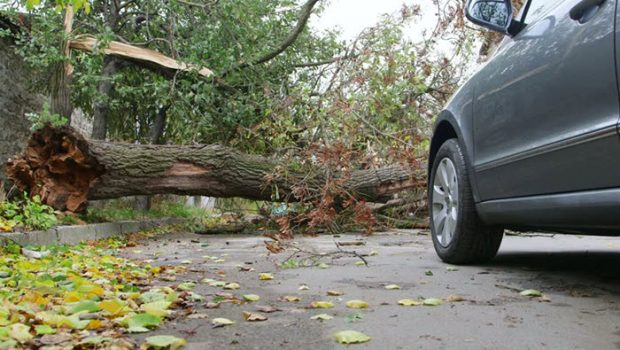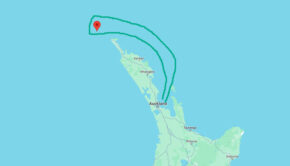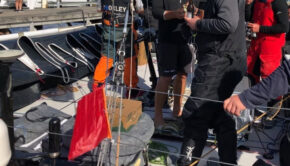Rules Guru: What’s an obstruction?
Published on April 2nd, 2020
The Royal Yachting Association provides guidance from rules guru Chris Simon on the topic of gaining right-of-way…
An Obstruction has an important place in the Racing Rules of Sailing because an obstruction raises safety issues. An obstruction is defined in the rules in several ways:
(i) an object that a boat would have to make a substantial change of course to pass if she was sailing straight for it and was one of her hull lengths from it; or
(ii) an object that can only be passed safely on one side; or
(iii) an area designated as an obstruction by the sailing instructions for the event.
The definition also includes what is not an obstruction:
(iv) a boat racing is not an obstruction to other boats unless:
(a) they (i.e. more than one boat) have to keep clear of her; or
(b) she is capsized, anchored or aground; or
(c) she is trying to help a person or vessel in danger.
Finally, a vessel (meaning any boat or ship) under way, including a boat racing, is never a continuing obstruction. A continuing obstruction is not defined but includes any sort of obstruction that a boat is overlapped on for a length of time and/or distance – such as a river bank or a long jetty. There are some different rules that apply at a continuing obstruction.
Most people will readily recognize an obstruction in, on or around their race course or area, such as a river bank, an island, a reservoir or lake shore, a moored boat, a pier or jetty, etc. However, an obstruction does not have to be visible: a shallow area is an obstruction to any boat that would run aground if it sailed onto it – and in such a situation it is the perception of the ‘endangered’ boat that decides whether it is an obstruction.
The exception in (iv) (a) above is important because it can instantly create an obstruction where there was not one before.
For instance, a boat sailing on port tack is on a collision course with a boat on starboard; the port-tacker has to keep clear of the other boat, which is not an obstruction. Then another boat on port becomes overlapped on the original port-tacker; now they both have to keep clear of the starboard-tacker, so that boat on starboard has become an obstruction and consequently not only does the port/starboard rule apply but the rules at an obstruction also apply to both the port-tackers.









 We’ll keep your information safe.
We’ll keep your information safe.